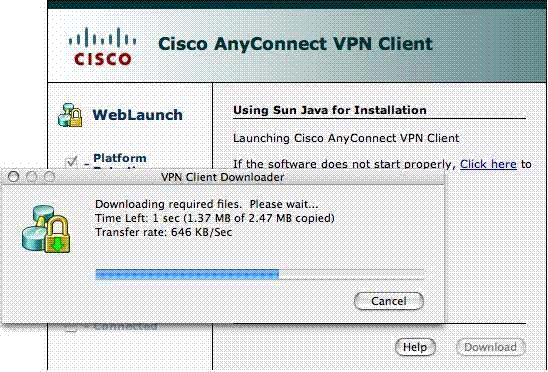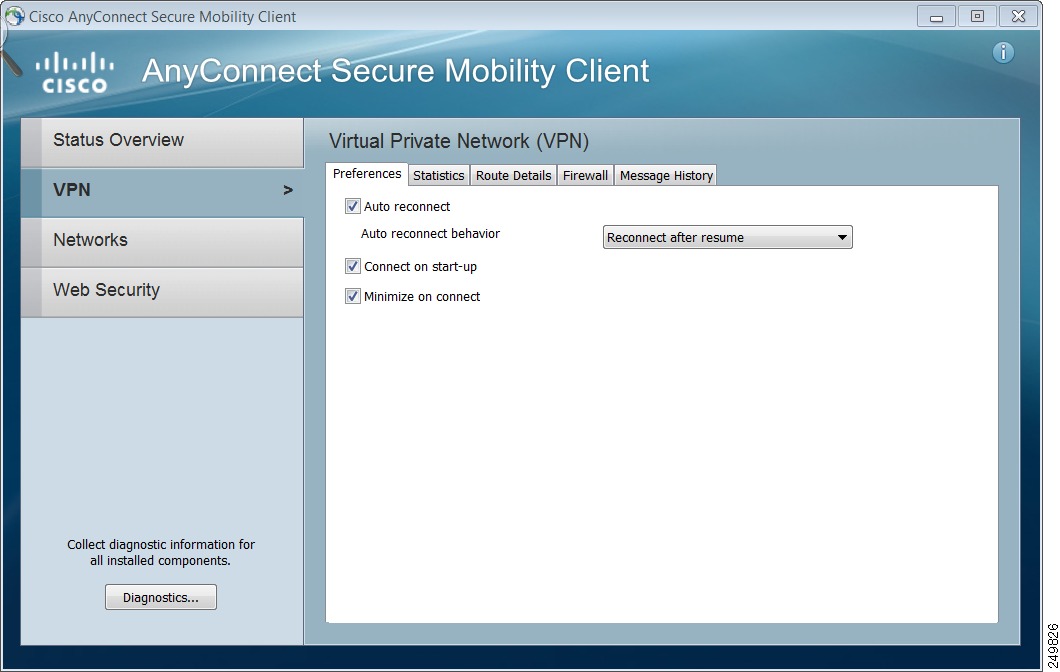
If you cannot access a service, enable the VPN and try again. There is no published list of these servers, but it is easy to quickly determine whether the server/system you are attempting to connect to requires VPN with this simple test: try performing daily duties without the VPN enabled. Many secure servers within the Stanford University network do require the use of VPN. Using VPN adds unnecessary additional overhead, which may degrade the user experience while connected, especially for video conferencing, streaming services, or applications. University IT (UIT) recommends that you do not enable your VPN connection unless the server or application that you are trying to access requires a VPN connection. While VPN does encrypt your data in transit, nearly all of the web-based applications you access already default to secure https communication, and are therefore already encrypted.Įxamples of commonly used Stanford services which do not require VPN: Many commonly used Stanford applications and services are available directly from the Internet without the use of VPN. Learn more Do I need VPN to access Stanford systems remotely? Select your operating system to see the VPN configuration instructions for your device: If the extension is not approved with in 30 minutes the software will not function correctly.

The approval field is only present in the Security & Privacy preferences pane for 30 minutes after the alert. If you choose to upgrade, you'll see a System Extension Blocked alert directing you to go to System Preferences > Security & Privacy to allow the extension. * Note for Mac High Sierra (10.13): When you log in to the Cisco An圜onnect VPN, you may be prompted to upgrade to a new version of software.


Default Stanford (split-tunnel) allows access to anything at via the VPN connection but non-Stanford traffic flows normally on an unencrypted internet connection.Stanford's VPN allows you to connect to Stanford's network as if you were on campus, making access to restricted services possible. Use Stanford's remote access virtual private network (VPN) to create a private encrypted connection over the Internet between a single host and Stanford's private network, SUNet.


 0 kommentar(er)
0 kommentar(er)
